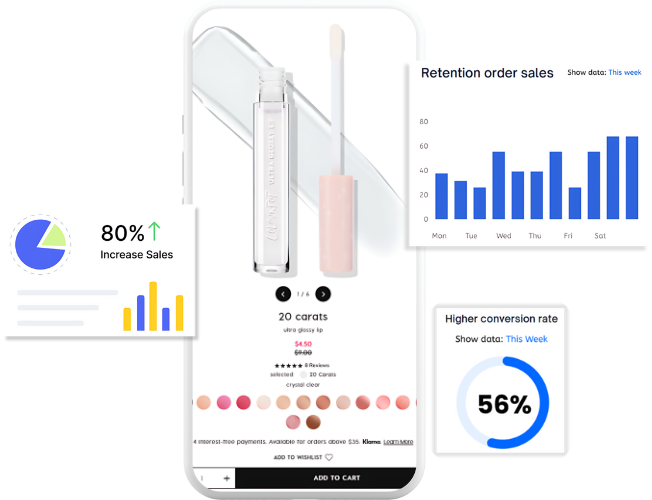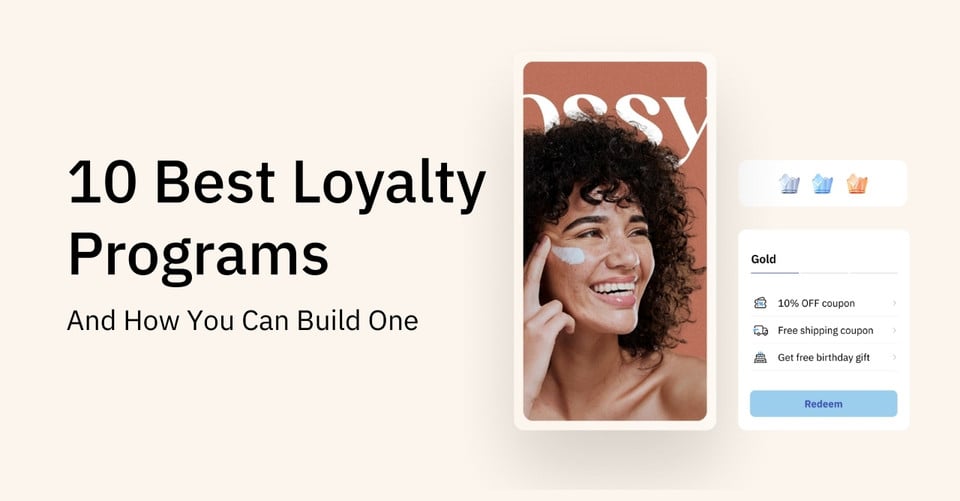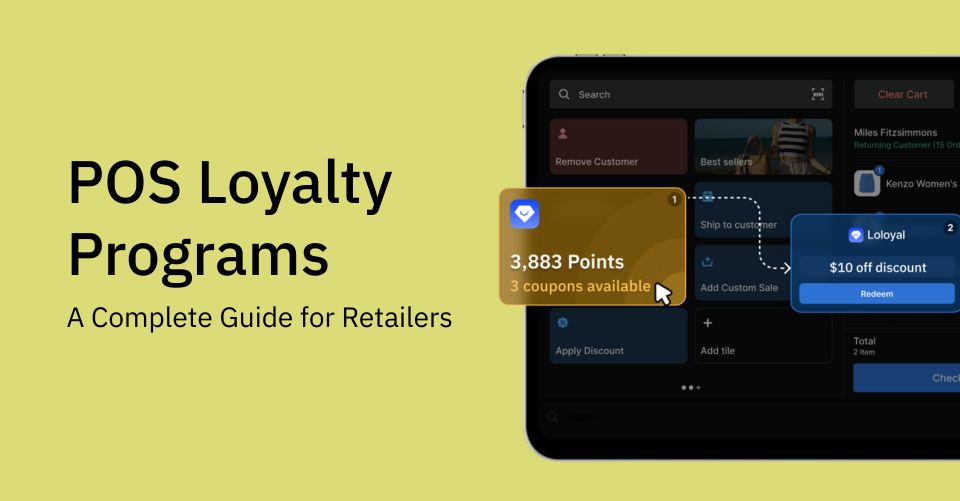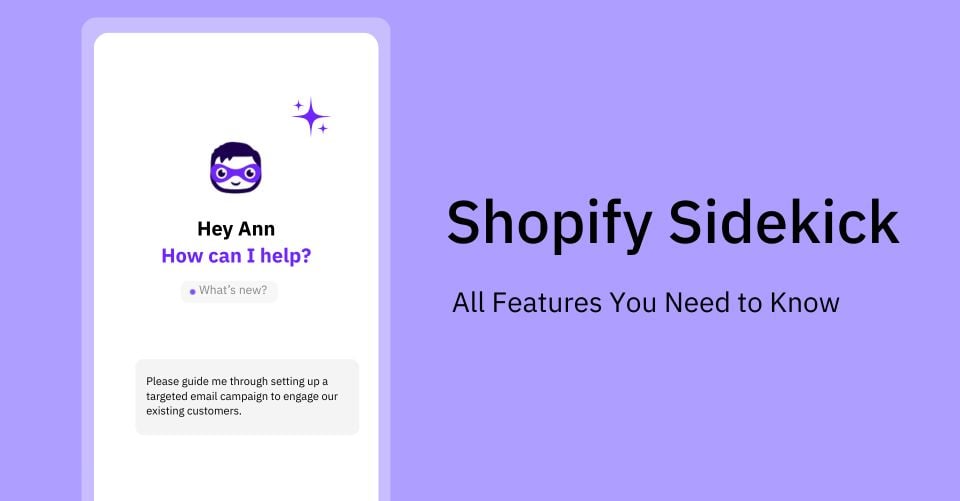Partial delivery is a shipping process where orders are split into multiple shipments.
As an ecommerce store owner, you might be wondering: “Will this hurt my business?” It WILL if you don’t know how to handle it properly.
The good news? The solution is simple. You can prevent any issues and customer dissatisfaction with proper (and proactive) communication. And we’ll show you how.
But first, let’s talk about what partial delivery is, why it happens, and how it affects your customers. After that, I’ll give you some tips on how to fulfill partial deliveries smoothly.
What Is Partial Delivery in E-commerce?
Partial delivery is when customers receive orders in two or more separate packages that arrive at different times.
Unlike “complete delivery,” where you collect and ship the items together, partial delivery means you send items as they become available.
Imagine a customer named Olivia bought baby items from your store. Two bottles, two bibs, and one pacifier (total of five items). Two days later, she received the bottles. But it took another day to get the bibs and three more days for the pacifier.
Partial delivery is becoming more common in ecommerce because of changes in logistics and consumers’ preferences.
One stat from McKinsey showed that 80% of shoppers are fine waiting 4-7 days for delivery (as long as shipping is free). While the focus is on free shipping, you can see how acceptable delivery timelines are changing.
Partial Delivery vs. Partial Shipment: What’s the Difference?
The difference between partial delivery and partial shipment (or split shipment) is perspective. Partial delivery is your customer’s experience receiving multiple shipments, while partial shipment is more of your warehouse’s decision to send the items separately.
For example:
- Partial delivery is when your customer gets one package (i.e., shoes) on Monday and another one (a jacket) on Wednesday from the same order.
- Partial shipment happens when your fulfillment team decides to send the shoes first because they are in stock. And the jacket a few days later.
Could you see the difference? While they are related and some sites use them interchangeably, it’s important to know this tiny distinction to have a better idea of what you should use.
PRO-TIP: Stick to one term when talking to your customers. Avoid using “partial shipment” in your email order confirmation, then switching to “partial delivery” in your SMS updates.
Why Do Partial Deliveries Happen?
Partial deliveries happen because of the following reasons: stock availability issues, multiple supplier sources, and the size and type of items in a customer order. Let me explain them each.
Stock Availability Issue
Some items in your store can be more popular than others. It can be because it’s “in season,” trending on social media, or simply selling faster because people like it.
One of our clients sells clothing in all four seasons, and they usually have a sale before winter starts.
In most sales, their winter coats had been selling like hotcakes while their summer items were… barely touched. So, some customers who ordered the jacket with other items had to receive them in separate deliveries.
Multiple Supplier Sources
If your store uses a dropshipping model or you source from multiple vendors, you won’t be able to avoid partial deliveries. And that’s because each supplier runs on their own schedule.
One supplier might ship on the same day, while another takes three business days just to process orders.
Another version of multiple supplier sources is third-party logistics (3PL). And it’s getting more popular as 70% of 3PL business now comes from ecommerce.
If you belong to this group, your products might be stored in different warehouses… across the continent.
Order Size and Item Types
Bulky or fragile items like furniture, appliances, electronics, glassware, and artwork often need to be packed separately. And that’s why they are divided into multiple or smaller shipments.
Imagine you sold furniture and home décor. A customer named Agatha bought a mirror, a lamp, two cabinets, and a coffee table.
She experienced a partial delivery because her items arrived at different times. And that’s because of their different shipping requirements.
Agatha received the lamp first via standard shipping. The mirror arrived next in special protective packaging. Then, the heavy cabinets were delivered by truck a few days later.
Okay. Now you know why partial delivery happens, it’s time to talk about its effect on your customers.
How Do Partial Deliveries Affect Your Business and Customer Experience?
Partial delivery can cause confusion to your buyers, increase WISMO queries, and result in customer dissatisfaction if not communicated well.
Confusion About the Delivery Status
Your customers usually expect all their items to come in a single shipment. Especially if they ordered directly from your shop, so if only one (or two) out of the five items arrived, they’ll be confused.
Now, what if they check the order status and see “delivered”? We can’t imagine how nervous they’ll feel! They’ll think there’s a mistake or that someone stole part of their package. And if this continues, they’ll start reaching out to your support team for answers.
Increase in WISMO Tickets
“Why has only part of the order been shipped? What about the rest?” “Will they still arrive?”
Your team will wake up to these messages on a weekday morning. And that’s because your customers don’t know what’s happening with their “partially shipped” items.
DigitalGenius said that WISMO queries average around 21% of all customer support tickets. But this could easily go double (or triple) if you don’t work on proactive communication.
If you won’t be able to solve this issue, the cycle will continue. And it can result in dissatisfied customers… who don’t want to do business with you anymore.
Trigger Customer Dissatisfaction
Did you know that almost 75% of online shoppers say delivery is what matters most in their shopping experience?
If you fail to provide the delivery experience they want, you can already lose a lot of your potential repeat buyers (ouch).
But here’s the thing: The issue with partial deliveries isn’t that some items arrive later than others. It’s the confusion because of poor communication. In short, your customer’s frustration is totally avoidable.
How to Communicate Partial Delivery Clearly to Your Customers
You can communicate partial delivery by setting expectations at checkout, providing detailed tracking, and keeping customers updated on the remaining items. Here’s what you can do to enhance customer satisfaction:
Set Expectations at Checkout and Order Confirmation
It’s best to communicate about the possibility of partial delivery right before your customers complete their purchase. So, they can anticipate what might happen (and not be surprised).
Here’s what you can do:
- Add a note at checkout: You may include a simple message like this: “We try our best to deliver everything together, but your order may arrive in multiple packages.”
- Say the reason for the split delivery: You can say something like “Certain items ship from different warehouses to get your order to you faster. Please expect separate deliveries and tracking numbers for each package.”
- Mention it again in the confirmation emails: Include another note and provide a more detailed breakdown of the delivery. For example: “Phone case estimated delivery: Thursday, September 15. Charging cable estimated delivery: Monday, September 19.”
Provide Detailed Tracking for Each Shipment
You can offer detailed tracking for each shipment by breaking down updates at the item level and sending separate notifications for every package.
We suggest you avoid the “your order is on its way” generic SMS with a lucky pick link from the three items. Instead, you should send specific updates:
- Monday:
- Package 1 shipped: Blender.
- Expected delivery: Wednesday, August 14.
- Tracking: [link]
- Tuesday:
- Package 2 shipped: Toaster.
- Expected delivery: Thursday, August 15.
- Tracking: [link]
- Wednesday:
- Package 3 shipped: Coffee maker.
- Expected delivery: Friday, August 16.
- Tracking: [link]
It looks way better (and clearer).
Update Your Customers About the Remaining Items
Now, let’s say your customer received three of the seven items they ordered. What should you do next?
The best step is to send a follow-up message right after they receive the first package. You can say something like: “Good news! [Package 2] is scheduled to ship by [date].” Then, provide a list of the items that are still pending. So, your customers will feel you’re paying attention to their orders.
We know it’s not easy to track and communicate about every single shipment manually. So, let us introduce you to a tool that can help.
Using ParcelPanel to Improve Partial Delivery Transparency
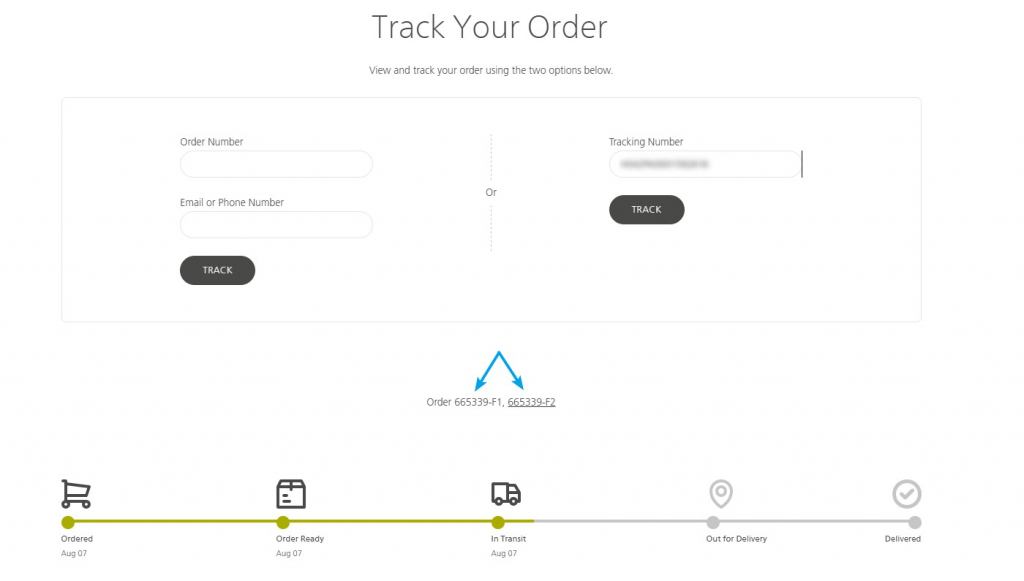
ParcelPanel is an order tracking tool that allows you to automatically track each shipment separately and send updates to your customers. Here are some features it offers for partial deliveries:
- Real-time updates with estimated delivery dates (for every shipment) and automated shipping notifications when packages are processed, shipped, delivered, etc.
- Branded tracking pages with multiple tabs for split shipment. Your customers can track each package separately on one page.
- Analytics that show which shipments cause the most issues or delays
- Cost-effective pricing based on total orders and not the number of shipments
Plus, you can sync shipping data to PayPal. This is more for your protection, as it can prevent disputes. Your customer won’t be able to easily claim they never received items when you have clear tracking data as proof of delivery.
#1 Shopify Tracking Solution for eCommerce
Tips for Managing Partial Deliveries in Your Fulfillment Workflow
Here are some tips to better manage your partial deliveries:
Coordinate with Suppliers to Optimize Fulfillment Logic
It’s best to document each supplier’s processing times and shipping process so you can plan your fulfillment strategies.
You can do that by:
- Mapping out processing times: Track how long each supplier takes from order to shipment. Your California warehouse might ship same-day, while your overseas vendor needs 5-7 business days.
- Creating location documentation: Record each supplier’s typical processing speed and shipping methods. This helps you predict delivery timelines more accurately.
- Grouping orders: Once you know these timelines, you can batch orders to reduce splits or adjust your inventory planning.
Prioritize Fast-Moving Items in First Shipments
Send items that your customers need most urgently in the first package. This will help you maximize satisfaction even when orders get split. You can ask yourself: “If I’m the customer, what would I want to receive first?“
For example, if your buyer ordered skincare essentials and makeup, ship the daily-use skincare first. The makeup can follow later. When it comes to tech orders, you can prioritize essentials over aesthetics (i.e., charging cable vs. phone case).
Create a Clear Internal Communication System
You and your team should be on the same page about partial deliveries to avoid confusion and provide consistent customer service. And you can do that by setting up a simple system where everyone can see which orders are being split and why.
Use shared documents or your order management system to flag split orders. You can include notes like “Package 1: skincare items (ships today), Package 2: makeup (ships Friday).” So, when your customers call, your support team has the full picture… and they won’t guess or say any false info.
Pros and Cons of Partial Delivery
Here are some pros and cons of partial delivery you need to be aware of:
Pros
✅ Faster initial delivery: Your customers get some items quickly instead of waiting weeks for everything to be ready.
✅ Reduced storage delays: You don’t have to hold fast-moving inventory while waiting for slow items to arrive.
✅ Customer satisfaction for receiving urgent items: Some buyers are okay with items being partially delivered if they receive essential items first (i.e., baby bottles before toys)
✅ Flexibility during peak seasons: Partial delivery becomes worth it during holiday seasons when shipping speed matters most.
Cons
❌ More complex tracking: You need separate tracking systems and more customer communication. Plus, each shipment requires its own updates and monitoring.
❌ Increased shipping costs: Multiple packages cost more than single shipments, especially for small, lightweight items that could easily travel together.
Conclusion
That’s it for partial delivery! Remember, this new reality in ecommerce isn’t going anywhere. But online sellers (like you) can avoid its negative effects with clear communication from start to finish.
Our ParcelPanel order tracking app can help you automate these updates so your team can focus on more important tasks.
So if you want to learn how you can reduce your WISMO tickets by 75%, book a demo with our team.
Note: This blog was originally written in English and translated using an automated tool to make the content accessible to a global audience. We believe in sharing valuable insights with everyone and apologize for any inaccuracies. If you spot any errors, please feel free to contact us for corrections. Your feedback helps us improve and ensures the content’s value is fully realized.

Cheryl Song
Content Director | 9+ years decoding B2C & B2B eCommerce, obsessed with SaaS and retail storytelling
Words are my weapon—crafting killer copy, decoding trends, and turning data into gold. When not strategizing: Coffee addict, pun enthusiast, and book lover. Ready to level up your eCommerce game? Let’s chat. ☕️

